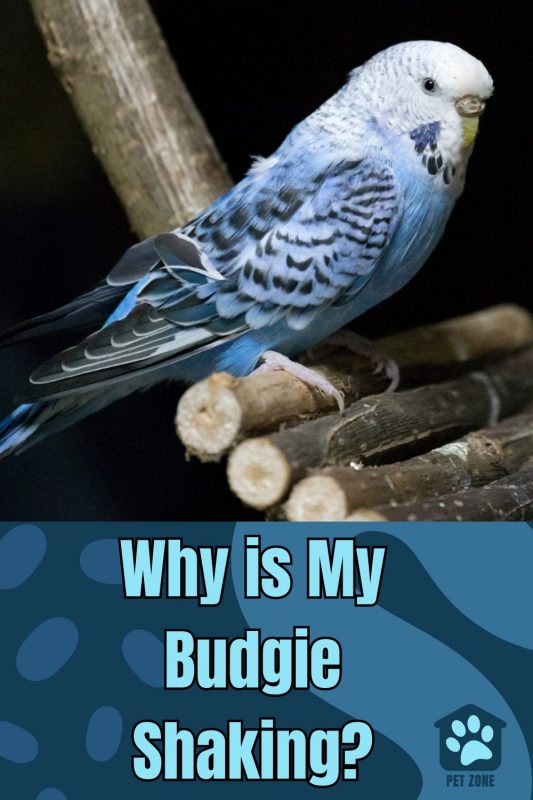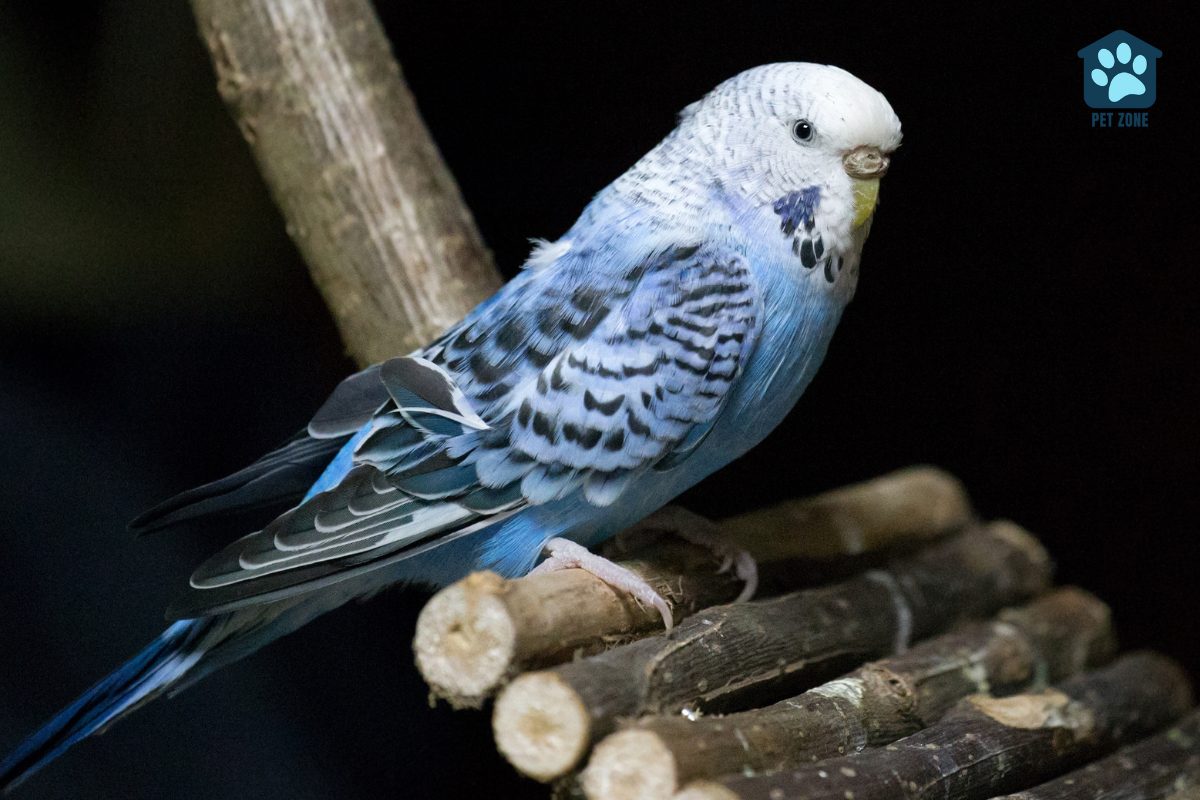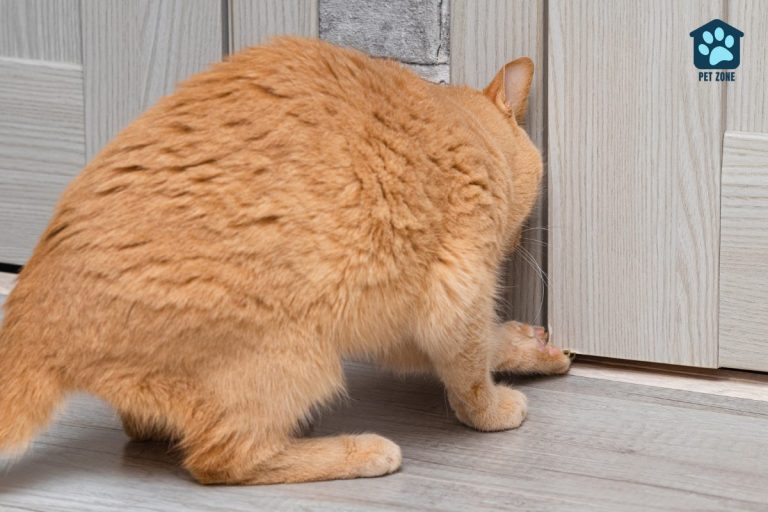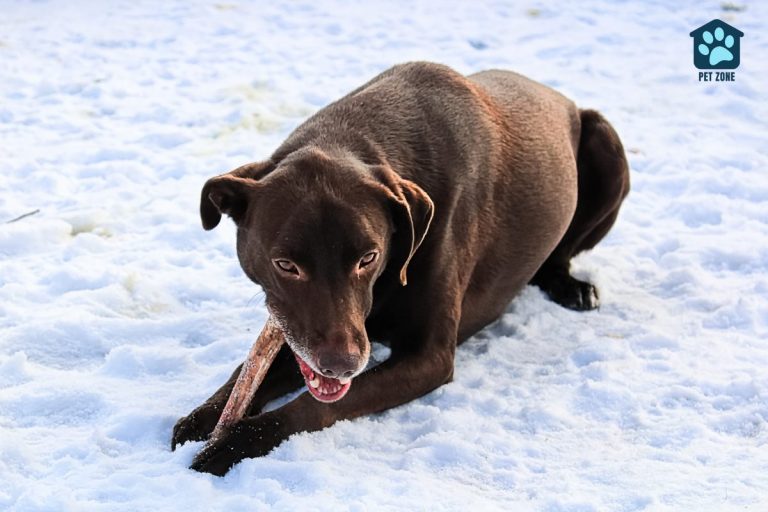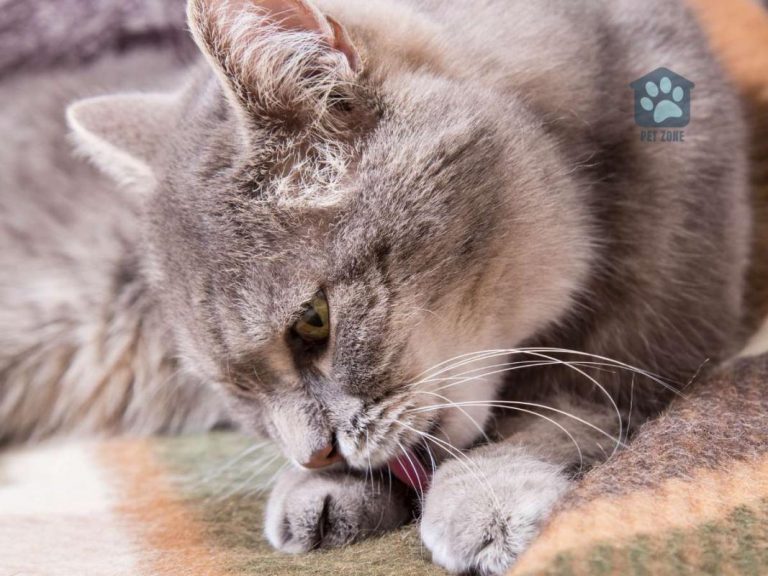Estimated reading time: 7 minutes
Ever wondered why your budgie’s tiny frame trembles? It’s not just a random quirk. Budgies, our colorful and lively companions, can shake their wings for various reasons – from simple reactions to temperature changes to bursts of excitement.
In this article, we’ll uncover the reasons behind those shakes and shivers. It’s a journey to understand the subtle signs – when it’s just your budgie being its charming self, or when it’s a signal for you to step in.
Key Takeaways
- Budgies shake for different reasons, like staying warm or getting ready to fly.
- Shaking can also mean your budgie is scared, stressed, or sick.
- If a budgie shakes too much or looks sick, you should take them to the vet.
- Make sure your budgie’s home is not too cold or hot and that it’s calm around them.
- Watching how much they preen and fluff their feathers can tell you if they’re just cleaning themselves.
Understanding Budgie Shaking: Is it Normal?
Budgie shaking can be normal behavior. These little birds often tremble to warm up, making their feathers puff out. Fluffing and shaking is how they get cozy when it’s chilly. Your budgie might also shake right before it takes off flying.
Sometimes a budgie shakes because something scares them or makes them nervous. Loud noises, new people, or changes around the house can unsettle your pet bird.
If your budgie’s body shows constant trembling, this may signal sickness. Watch for other signs like not eating or acting tired all the time—if you see these, a vet visit is smart to check for illness.
Remember that a parakeet shaking doesn’t always mean bad news—it could just be part of being a happy and healthy budgie!
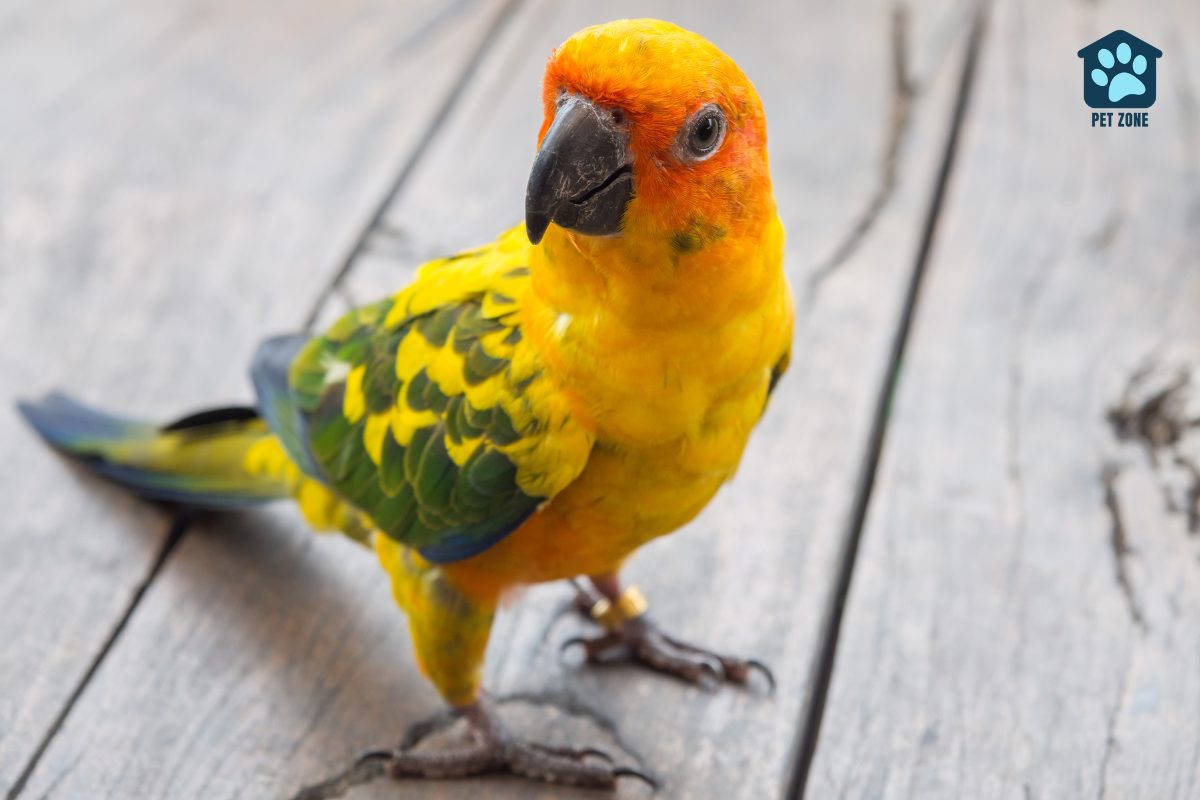
Reasons Why Your Budgie May Shake
Reaction to Cold or Hot Temperatures
Budgies are sensitive to temperature changes and may shake if they feel too cold. Like us, they shiver to stay warm when the air around them gets chilly. Their small bodies lose heat quickly, so they fluff up feathers to trap warmth.
Make sure your budgie’s cage is away from drafts and windows that let in a breeze.
In contrast, a hot environment can also cause a bird discomfort. Your feathered friend might hold its wings slightly open and away from its body to cool down. Always provide shade and fresh water when the room feels warm.
Watch for signs like panting or spreading wings—if your pet does this often, it may need a cooler place to thrive.
Preening Behavior
Budgies often shake as part of preening, which is how they keep their feathers in top shape. As they use their beaks to straighten and clean each feather, you may see them fluff up and shiver.
This helps them interlock the tiny barbules on their feathers so everything lies smooth against their body. Preening isn’t just about looking good; it’s crucial for a budgie’s health.
Your bird might spend a lot of time preening after a bath or during quiet moments throughout the day. If your pet shakes while running its beak through its plumage, don’t worry! It means they’re doing important maintenance work to stay healthy and comfortable.
So when you catch your budgie in a puff-and-shake routine, it’s usually just keeping itself tidy.
Anxiety or Stress
Budgies can shake due to anxiety or stress. Signs of stress include lethargy and loss of interest in activities. Excessive cold, changes in the environment, or sudden loud noises may frighten your bird and lead to shaking.
Shivering is a sign of stress in budgies and indicates discomfort. Anxiety can cause them to shiver, twitch, or shake even while sleeping. Seek medical advice if your bird shows signs of illness or distress accompanied by shaking behavior – this could be indicative of an underlying health issue that needs attention.
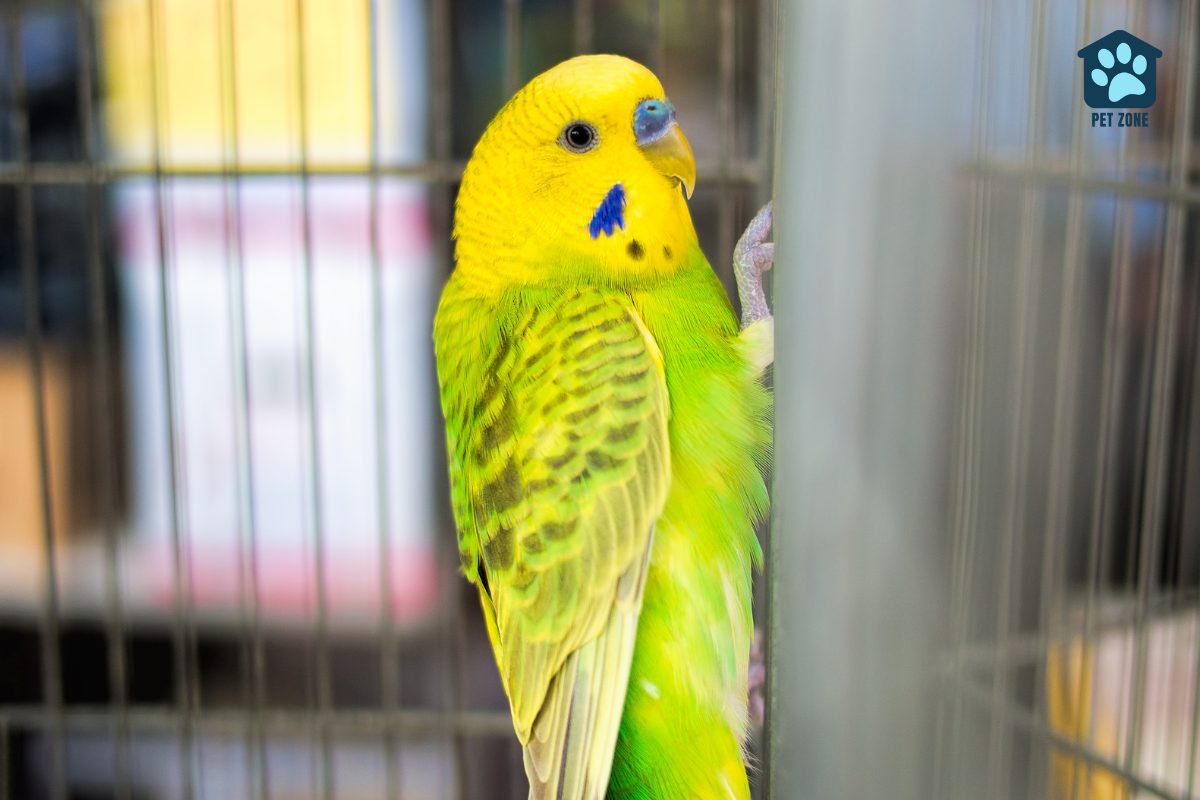
Illness Symptoms
Your budgie’s illness symptoms can include cold feet, listlessness, ruffled-up feathers, and shivering. If your budgie is showing signs of infection, it might exhibit listlessness, vomiting, and loose droppings.
Additionally, weight loss, weakness, and abnormal wing and tail positions could indicate illness in your bird. Keep an eye out for regurgitation leading to head shaking and expelling of whole seeds. Vomiting may result in a wet head with mucous and seeds.
Pre-flight Preparation
When budgies prepare for flight, they may show signs of shaking or trembling. This behavior is completely normal as part of their pre-flight preparation. The shaking helps them to warm up and release adrenaline before taking off into flight, allowing them to regulate their body temperature and make sudden movements with ease.
Remember, it’s best to provide your budgie with a warm environment to thrive in, especially if they are exhibiting pre-flight shaking behavior. Additionally, offering a bird bath can help them fluff up their feathers and feel more comfortable when preparing for flight.
How to Respond to Abnormal Shaking in Budgies
When you notice your budgie shaking, it’s important to respond appropriately to ensure their well-being. Here’s what you can do:
- Evaluate the Environment: Check for drafts, sudden temperature changes, or loud noises that may be causing stress.
- Observe Behavior Changes: Look for any other signs of illness such as loss of appetite, excessive sleeping, or unusual posture.
- Provide Comfort and Reassurance: Create a calm and quiet environment to reduce anxiety and stress.
- Consult a Veterinarian: If shaking persists or is accompanied by other concerning symptoms, seek professional veterinary advice promptly.
- Adjust Temperature: Ensure the room temperature is suitable for your budgie’s comfort and well-being.
- Offer Nutritious Food and Water: A balanced diet with fresh water will help maintain your budgie’s health.
- Monitor Social Interaction: Assess if any changes in social dynamics could be contributing to stress or anxiety in your budgie.
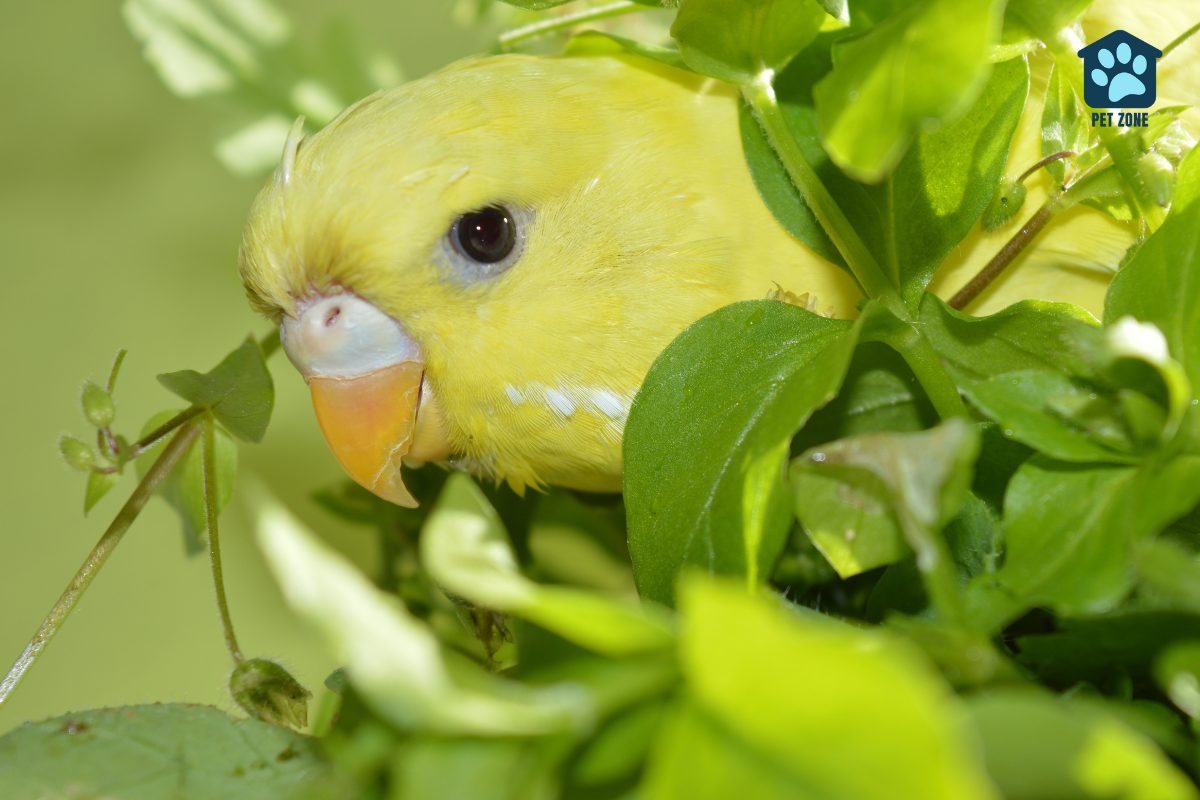
Conclusion
In conclusion, understanding your budgie’s shaking behavior is crucial for their well-being. Environmental factors and stress can cause shaking in budgies. By observing their overall health and providing a comfortable environment, you can help alleviate any distress they may be experiencing.
Frequently Asked Questions
Your budgie may shake for different reasons – it could be trying to regulate its body temperature, feeling scared or stressed, or simply showing natural behavior like tail feather shaking.
Yes, sometimes it’s normal to see your budgie with wings slightly open and shaking; they might just be stretching or getting ready to fly. But if it happens a lot, check the room temperature—budgies come from warm Australia and need a cozy environment.
If your bird is fluffing up and shaking or has abnormal wing shaking accompanied by other weird signs, these changes in their body language might mean your little friend isn’t feeling well.
If you’ve got a new buddy who’s shivering, give them some time to settle into their new home. They could just be nervous! But keep an eye out—if the shaking continues along with other symptoms, you’ll want to call the vet.
Budgies like being warm—even warmer than we usually keep our homes! Make sure their cage stays around 70 degrees Fahrenheit and away from drafts like an open window especially at night when temperatures drop.
Budgies stand on one leg when resting but watch closely; standing on a wounded foot might also cause them to bob their head too much or get shaky as they try not to put weight on it.
As an Amazon Associate I earn from qualifying purchases.
